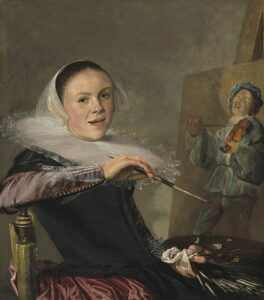The story of women in the development of art.
The story of women in the development of art weaves together, in itself, innovation, determination, and perseverance in eternal combat in a man-dominated sphere of professionalism. Works by women contributors from early development to the present practice manifest not only independent representation but further challenge convention and break stereotype barriers. The essay is dedicated to the versatile roles women have played in the field of art, discussing challenges they have had to face and their deep impact on the perception of art throughout ages. A look through different historical periods, therefore, should be purposeful to gain insight into the trajectory of women artists and their contribution to shaping the outlook of the art world today.
Historical Context: Women in Early Art
Throughout art history, the contributions made by women are often obscured or have gone unnoticed. During the prehistoric era, cave paintings, such as those found in Lascaux, France, that were created by female artists provide evidence of their important contributions to the earliest manifestations of creativity. These early works, with their depictions of animals and human figures, are indicative of a common cultural experience that surmounts gender. But it was the very structures of patriarchy that tended to define and determine the terms of female artistic participation in societal development. Most ancient Greek and Roman women lived in seclusion, with meager documentation on their activities during this period, except for only a few artistic women like Sappho the poet and Phryne the sculptor who carved out small niches in the strictly given roles by the society. Though less visible, their work provided the bedrock upon which future generations of women artists stood.
The Renaissance: A Turning Point
Indeed, the Renaissance proved to be a turning point in the history of the representation and recognition of women in art. While this era is normally celebrated for its male masters, such as Leonardo da Vinci and Michelangelo, there were a number of talented women, like Sofonisba Anguissola and Artemisia Gentileschi, emerging during this time. Anguissola was a portrait painter and one of the first women to break into the professional, male-dominated art world, with commissions coming from such noted patrons as King Philip II of Spain. That she could navigate such complexities of her time and remain true to her art is a testament to her skill and determination. Meanwhile, Gentileschi directly confronted the challenges of her time and created powerful works, often depicting strong female figures, such as in her iconic painting “Judith Slaying Holofernes.” Her art showed not only her technical ability but also acted as a form of resistance against the misogyny in her society. The Renaissance became, therefore, a period crucial for women artists, opening more doors toward a visibility and recognition that was not yet very permitting.
The Baroque and Rococo Period: Artistic Blossoming within Confinement
During the emergence of the periods of Baroque and Rococo, women started to find a way out within the complexities in being a professional artist. Artists like Élisabeth Louise Vigée Le Brun really came to epitomize the duality of their existence: while they gained fame, they did so often by living up to the ideals of femininity. Vigée Le Brun-who painted portraits of Marie Antoinette-effectively balanced her artistic vision with the demands of her patrons and was thus able to establish a successful career. She would be unique in the sense that she portrays her subjects with elegance and depth, both. Yet, one can’t help but reflect on how society placed women artists at this period; they were more often than not denied access to formal training and were many times expected to attend to domestic matters before their art. This tension between ambition and expectation for women artists involved a complex, often fraught setting in which individual creative aspirations tugged against role expectations as wife and mother.
The 19th Century: A Struggle for Recognition
The 19th century with its new tidal wave of movements-Romanticism and Impressionism-created opportunities for them to assert themselves in the arts. Artists like Mary Cassatt and Berthe Morisot rose to the fore in the Impressionist movement through challenging convention in terms of subject matter and technique. Cassatt’s sensitive depictions of women and children, as in her masterpiece “The Child’s Bath,” gave a subtle vision of female life, underscoring the emotional and psychological dimensions of motherhood. While often overshadowed by male counterparts, Morisot puts her easel to work capturing the nuances of everyday life, as captured in “Summer’s Day.” In this, the evocation of the ephemeral moments of domesticity resonated with audiences and critics alike. Even with such contributions, women artists continued to face major obstacles, including a lack of access to exhibition opportunities and professional networks. Added to this was the struggle for recognition, since the work of most women was often belittled or not considered as serious as that of their male colleagues.
The 20th Century: Beyond the Frontiers
The 20th century had become a breakthrough for women artists, who finally succeeded in getting rid of the chains that had been holding them back for centuries. It was into this inchoate period of Surrealism and Abstract Expressionism that female artists found the fertile ground to explore their identities and question gender roles. Artists like Frida Kahlo and Georgia O’Keeffe became emblematic of this transformation, using their art to reveal personal narratives and confront issues of gender and identity. Works by Kahlo are so personal-they deal with duality and the search for self-while “The Two Fridas” is a reflection of her struggle to fit in and find her identity. O’Keeffe’s bold and abstracted forms, as in “Black Iris,” also redefined the expression of femininity within art and allowed her declaration of individuality within a male-dominated field. Not only did this age witness the emergence of women artists, but the trend also changed the way the definition of serious art was thought of, eventually allowing future artists to embrace wide-ranging themes and styles.
Contemporary Art: New Era, New Expression
The contemporary context of art further expresses the growth of women artists’ contribution towards shaping and rescripting artistic expression. Until the late 20th century, the rise of feminist art movements-which included the likes of Judy Chicago and Cindy Sherman-was a way for women to make amends with history. An installation by Chicago entitled “The Dinner Party” is a deeply powerful homage to the work of women throughout history, with settings prepared for 39 invitational guests, raising debates on gender and representation. Sherman’s series of photography challenges the portrayal of women in media and popular culture through her own image by commenting on social expectations and stereotypes. Furthermore, other internationally active artists like Yayoi Kusama and Ai Weiwei have become extremely well known today for representing different positions and experiences of women in international art. Kusama’s immersive installations with her signature polka dots usher viewers into a very unique infinity, while the politically charged works of Ai Weiwei underscore the point where art and activism come together, showing that social justice is important in contemporary discourse.
Challenges Faced by Women Artists
While women have achieved a great number of successes within the art world, challenges continue to exist. The issues are still pressing in terms of gender bias, underrepresentation in galleries and museums, and the ongoing struggle for recognition. Women are still scrutinized about their works, and much attention is turned to male counterparts as opposed to their female contributions. This translates into the art market, too, where female artists, compared with their male peers, often get lower prices for their works, reflecting a wider societal undervaluation of woman’s input. Second, intersectionality of race, class, and sexuality makes this landscape even more complicated for women artists, as those from marginalized backgrounds have to struggle with greater hurdles toward success. For women artists of all walks of life to be recognized and valued, much systemic change is needed in the world of art. Representation and support for women artists are crucial initiatives that will help foster a more equitable community of art.
The Impact of Women in Art on Cultural Perception
The contribution of women to art has deeply influenced cultural perception and societal norms. The challenging notion of traditional portrayals of femininity and exploration of identity, power, and resilience have made women artists rewrite the story surrounding art. These works bear testimony to the many sides of women’s experience and invite audiences to participate in complex perspectives beyond traditional confines. The increasing presence of women artists in contemporary discourse instigates fundamental discourses about representation, equity, and the need for inclusivity within the art world. As more and more women artists come to light, it deepens their stories and experiences in the big cultural narrative and thus encourages newer generations to embark on their journey into their voices as artists.
Conclusion: A Long Way to Go
The growth of women in art serves as a witness to the indomitable spirit of creation and survival amidst all sorts of inhibition posed by society. From the early contributions of female artists to the contemporary landscape, women have played a very important role in shaping the art world, often overcoming significant challenges to assert their voices. While we remember the many great works left behind by the historical and continued contribution of women in art, their work, both in depth and complexity, brings richness into the artistic canon while acting as a catalyst in wider social transformation. While the journey for recognition and equality is constantly in process, the voices of the women artists in the art world must be supported and amplified in every possible way in order to ensure legacies continue into the future. By promoting a setting of inclusion and diversity, we will have the ability to build a more dynamic, representative art community that honors all artistic contributions regardless of gender.
in itself, innovation, determination, and perseverance in eternal combat in a man-dominated sphere of professionalism. Works by women contributors from early development to the present practice manifest not only independent representation but further challenge convention and break stereotype barriers. The essay is dedicated to the versatile roles women have played in the field of art, discussing challenges they have had to face and their deep impact on the perception of art throughout ages. A look through different historical periods, therefore, should be purposeful to gain insight into the trajectory of women artists and their contribution to shaping the outlook of the art world today.
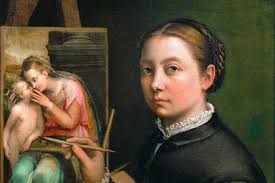
Historical Context: Women in Early Art
Throughout art history, the contributions made by women are often obscured or have gone unnoticed. During the prehistoric era, cave paintings, such as those found in Lascaux, France, that were created by female artists provide evidence of their important contributions to the earliest manifestations of creativity. These early works, with the irdepictions of animals and human figures, are indicative of a common cultural experience that surmounts gender. But it was the very structures of patriarchy that tended to define and determine the termsof female artistic participation in societal development. Most ancient Greek and Roman women lived in seclusion, with meager documentation on their activities during this period, except for only a few artistic women like Sappho the poet and Phryne the sculptor who carved out small niches in the strictly given roles by the society. Thoughless visible, their work provided the bedrock upon which future generations of women artists stood.
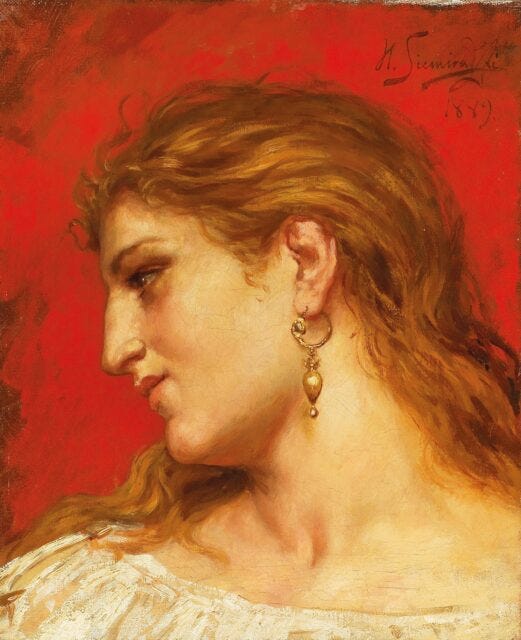
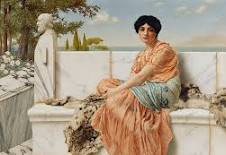
The Renaissance: A Turning Point
Indeed, the Renaissance proved to be a turning point in the history of the representation and recognition of women in art. While this era is normally celebrated for its male masters, such as Leonardo da Vinci and Michelangelo, there were a number of talented women, like Sofonisba Anguissola and Artemisia Gentileschi, emerging during this time. Anguissola was a portrait painter and one of the first women to break into the professional, male-dominated art world, with commissions coming from such noted patrons as King Philip II of Spain. That she could navigate such complexities of her time and remain true to her art is a testament to her skill and determination. Meanwhile, Gentileschi directly confronted the challenges of her time and createdpowerful works, often depicting strong female figures, such as in her iconic painting “Judith Slaying Holofernes.” Her art showed not only her technical ability but also acted as a form of resistance against the misogyny in her society. The Renaissance became, therefore, a period crucial for women artists, opening more doors toward a visibility and recognition that was not yet very permitting.
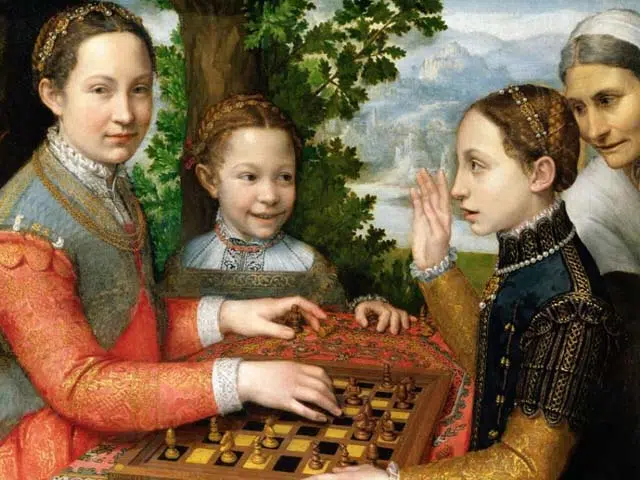
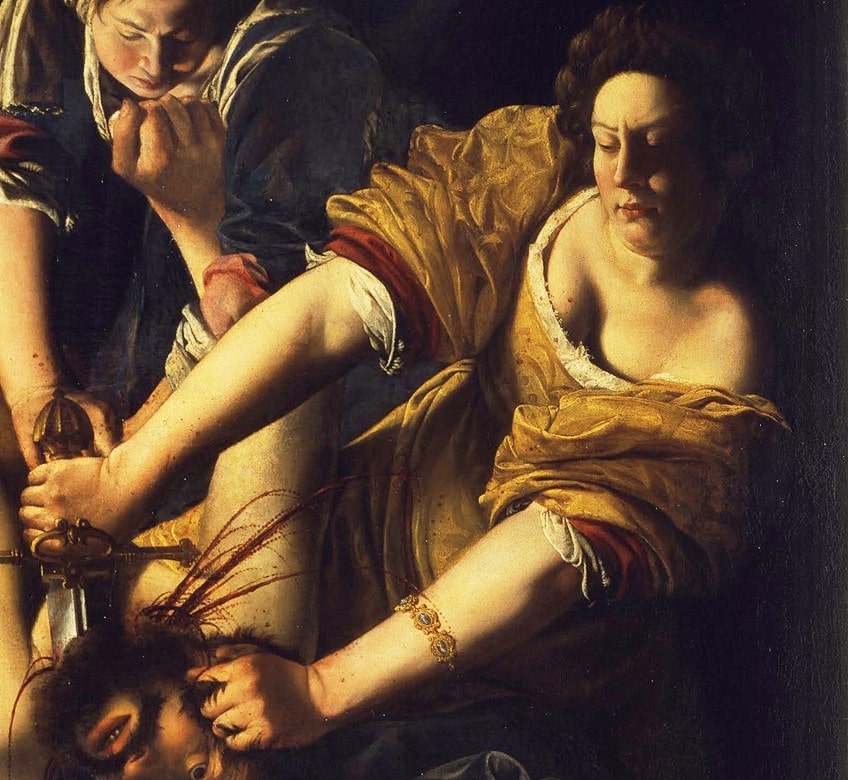
The Baroque and Rococo Period: Artistic Blossoming within Confinement
Judith Leyster was a pioneering figure in the 17th-century Dutch Golden Age, a time when art flourished in the Netherlands. As one of the few female painters of her era, she broke through societal barriers to establish herself as a respected artist. Her Self Portrait, created in 1630, is particularly significant not only for its artistic quality but also for its role in shaping perceptions of women in the art world.
In her self-portrait, Leyster presents herself with a confident and friendly demeanor, showcasing her skill with a paintbrush while inviting viewers to connect with her on a personal level. This ability to convey emotion and character was a hallmark of her work, which often included genre scenes, portraits, and still lifes.
For many years, much of Leyster’s work was misattributed to her male contemporaries, primarily due to the prevailing view that women were not capable of producing such high-quality art. It wasn’t until the late 19th century that art historians recognized her contributions and distinguished her style from that of her husband and other male painters.
Leyster’s legacy is significant not only for her artistry but also for her role in challenging the norms of her time. Her success within the guild system, where she was allowed to work and even establish her own workshop, was remarkable given the limitations placed on women in the field. Today, she is celebrated as a trailblazer who paved the way for future generations of female artists.
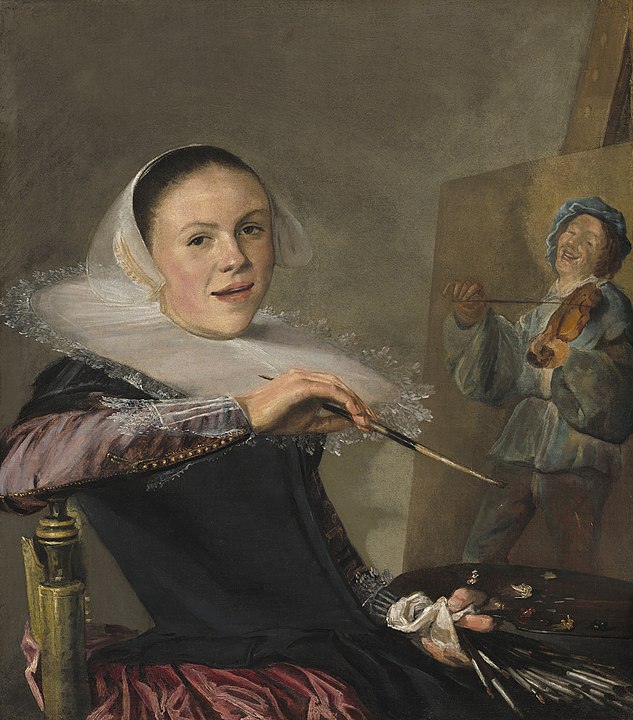
During the emergence of the periods of Baroque and Rococo, women started to find a way out within the complexities in being a professionalartist. Artists like Élisabeth Louise Vigée Le Brun really came to epitomize the duality of their existence: while they gained fame, they did so often by living up to the ideals of femininity. Vigée Le Brun-who painted portraits of Marie Antoinette-effectively balanced her artistic vision with the demands of her patrons and was thus able to establish a successful career. She would be unique in the sense that she portrays her subjects with elegance and depth, both. Yet, one can’t help but reflect on how society placed women artists at this period; they were more often than not denied access to formal training and were many times expected to attend to domestic matters before their art. This tension between ambition and expectation for women artists involved a complex, often fraught setting in which individual creative aspirations tugged against role expectations as wife and mother.
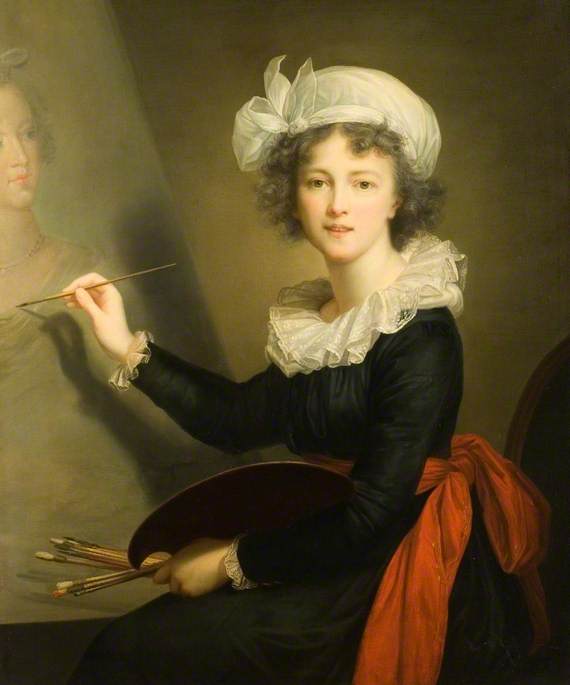
The 19th Century: A Struggle for Recognition
The 19th century with its new tidal wave of movements-Romanticism and Impressionism-created opportunities for them to assert themselves in the arts. Artists like Mary Cassatt and Berthe Morisot rose to the fore in the Impressionist movement through challenging convention in terms of subject matter and technique. Cassatt’s sensitive depictions of women and children, as in her masterpiece “The Child’s Bath,” gave a subtle vision of female life, underscoring the emotional and psychological dimensions of motherhood. While often overshadowed by male counterparts, Morisot puts her easel to work capturing the nuances of everyday life, as captured in “Summer’s Day.” In this, the evocation of the ephemeral moments of domesticity resonated with audiences and critics alike. Even with such contributions, women artists continued to face major obstacles, including a lack of access to exhibition opportunities and professional networks. Added to this was the struggle for recognition, since the work of most women was often belittled or not considered as serious as that of their male colleagues.
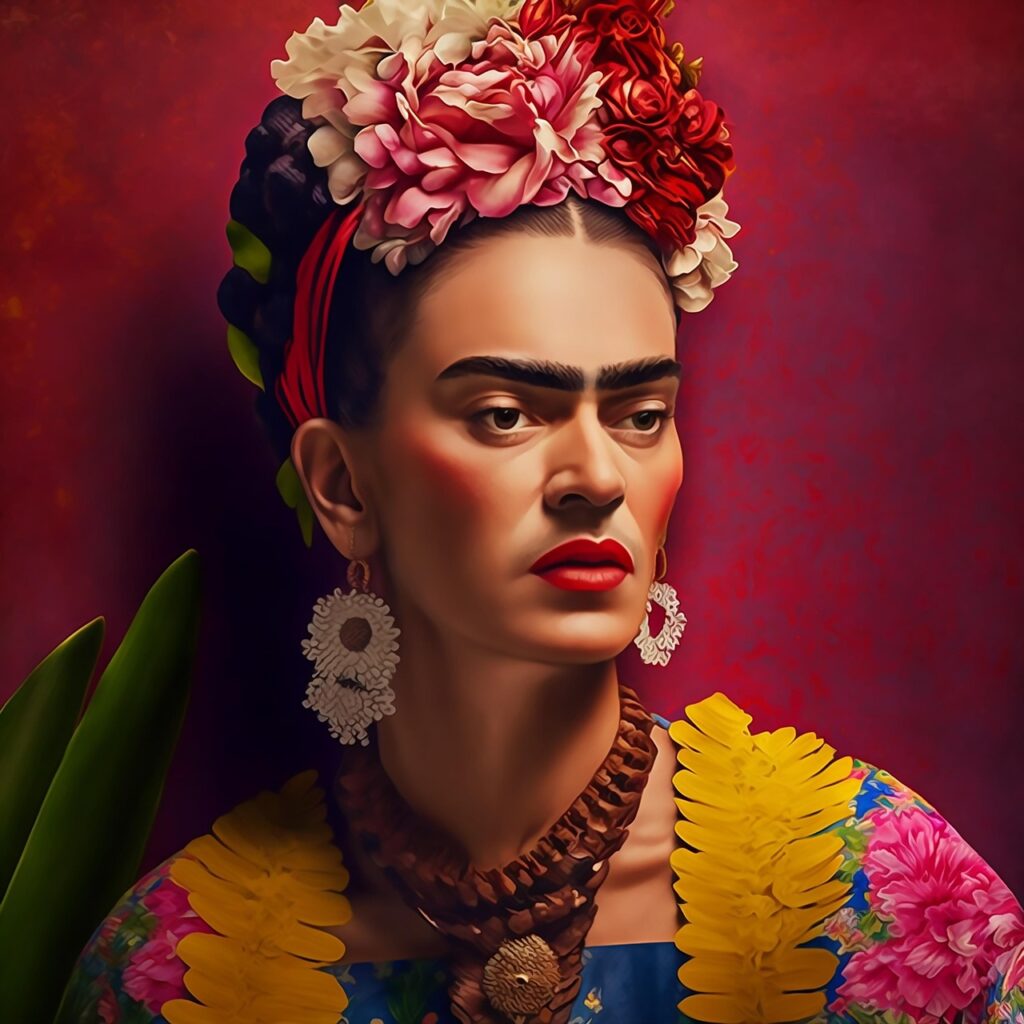
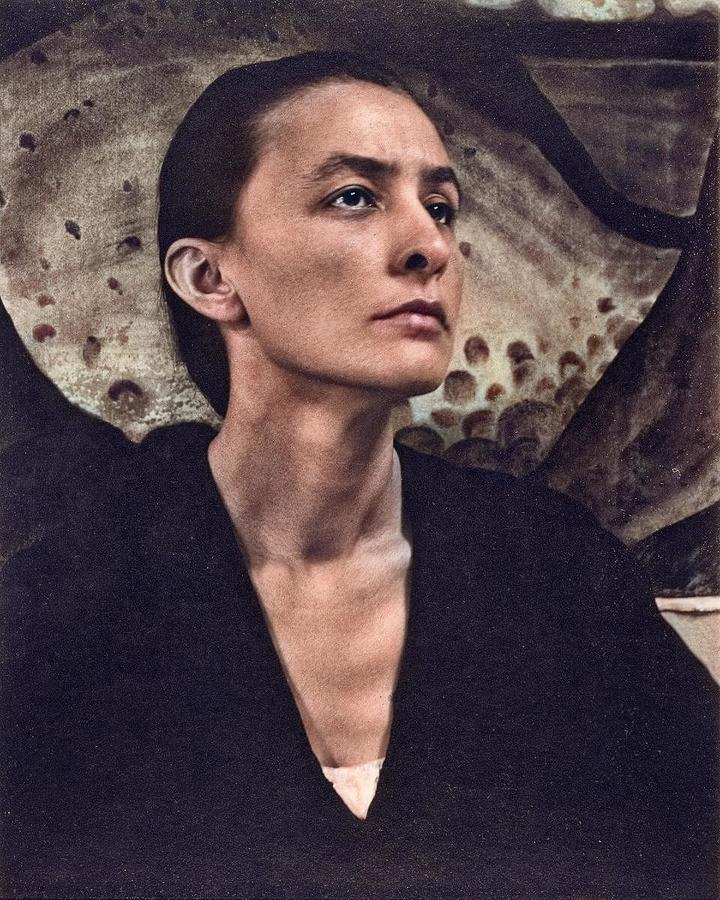
The 20th Century: Beyond the Frontiers
The 20th century had become a breakthrough for women artists, who finally succeeded in getting rid of the chains that had been holding them back for centuries. It was into this inchoate period of Surrealism and Abstract Expressionism that female artists found the fertile ground to explore their identities and question gender roles. Artists like Frida Kahlo and Georgia O’Keeffe became emblematic of this transformation, using their art to reveal personal narratives and confront issues of gender and identity. Works by Kahlo are so personal-they deal withduality and the search for self-while “The Two Fridas” is a reflection of her struggle to fit in and find her identity. O’Keeffe’s bold andabstracted forms, as in “Black Iris,” also redefined the expression of femininity within art and allowed her declaration of individuality withina male-dominated field. Not only did this age witness the emergence of women artists, but the trend also changed the way the definition ofserious art was thought of, eventually allowing future artists to embrace wide-ranging themes and styles.
Contemporary Art: New Era, New Expression
The contemporary context of art further expresses the growth of women artists’ contribution towards shaping and rescripting artistic expression. Until the late 20th century, the rise of feminist art movements-which included the likes of Barbara Kruger, Judy Chicago and Cindy Sherman-was a way for women to make amends with history. Barbara Kruger is best known for her bold, graphic style that combines black-and-white photography with provocative text. Her work often addresses issues related to feminism, consumerism, and power dynamics in society. Kruger’s iconic use of direct, confrontational language—such as “I shop, therefore I am” and “Your body is a battleground”—challenges viewers to reflect on societal norms and the ways in which identity is shaped by media and culture. By juxtaposing images and text, she creates striking visual statements that provoke thought and discussion.Aninstallation by Chicago entitled “The Dinner Party” is a deeply powerful homage to the work of women throughout history, with settings prepared for 39 invitational guests, raising debates on gender and representation. Sherman’s series of photography challenges the portrayal of women in media and popular culture through her own image by commenting on social expectations and stereotypes. Furthermore, other internationally active artists like Yayoi Kusama and Ai Weiwei have become extremely well known today for representingdifferent positions and experiences of women in international art. Kusama’s immersive installations with her signature polka dots usherviewers into a very unique infinity, while the politically charged works ofAi Weiwei underscore the point where art and activism come together,showing that social justice is important in contemporary discourse.
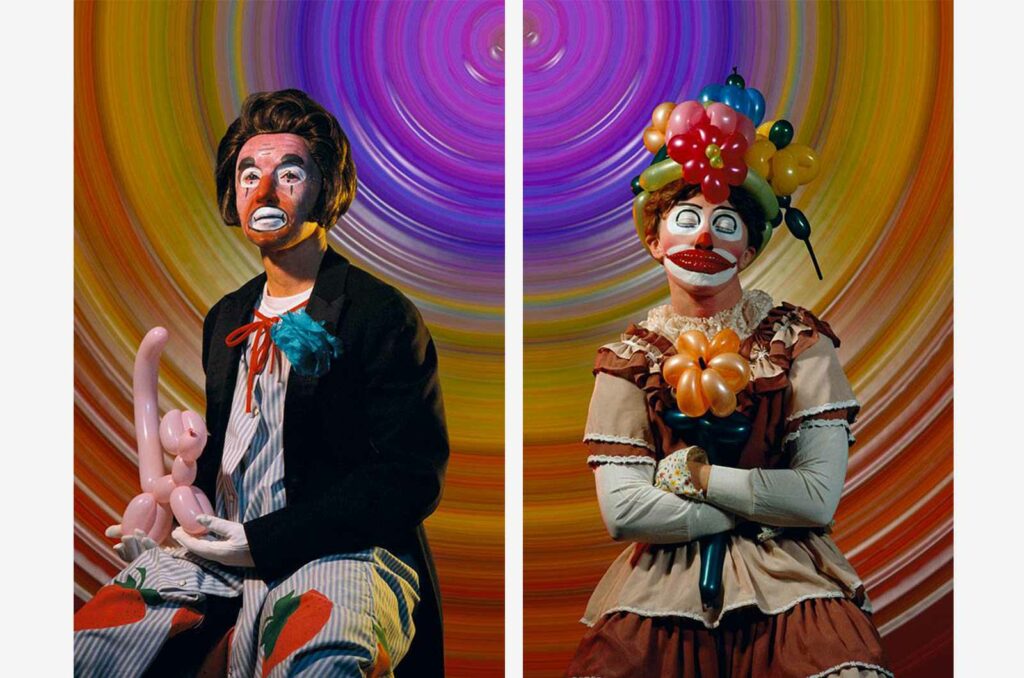
Challenges Faced by Women Artists
While women have achieved a great number of successes within the art world, challenges continue to exist. The issues are still pressing in terms of gender bias, underrepresentation in galleries and museums, and the ongoing struggle for recognition. Women are still scrutinized about their works, and much attention is turned to male counterparts as opposed to their female contributions. This translates into the art market, too, where female artists, compared with their male peers, often get lower prices for their works, reflecting a wider societal undervaluation of woman’s input. Second, intersectionality of race, class, and sexuality makes this landscape even more complicated for women artists, as those from marginalized backgrounds have to struggle with greater hurdles toward success. For women artists of all walks of life to be recognized and valued, much systemic change is needed in the world of art. Representation and support for women artists are crucial initiatives that will help foster a more equitable community of art.
The contribution of women to art has deeply influenced cultural perception and societal norms. The challenging notion of traditional portrayals of femininity and exploration of identity, power, and resilience have made women artists rewrite the story surrounding art. These works bear testimony to the many sides of women’s experience and invite audiences to participate in complex perspectives beyond traditional confines. The increasing presence of women artists across the world such as the Russian Artists art activists have played a crucial role in the contemporary art scene, often using their work to challenge political, social, and gender norms. Here are a few notable figures:
- Pussy Riot: This feminist punk rock group gained international attention for their provocative performances and activism against the Russian government, particularly regarding issues related to women’s rights, LGBTQ+ rights, and freedom of expression. Their 2012 performance in Moscow’s Cathedral of Christ the Savior led to arrests and imprisonment, sparking global protests and discussions about artistic freedom.
- Natalia Sliber: An artist and activist known for her work addressing gender issues, Sliber often uses her art to comment on the societal roles of women in Russia. She engages with themes of identity, sexuality, and the pressures faced by women in a patriarchal society.
- Oksana Shachko: One of the founding members of the feminist art collective Voina, Shachko was known for her provocative installations and performances that critiqued the Russian government and societal norms. Her work often challenged the boundaries of art and activism, addressing issues such as sexism and state oppression.
- Marina Abramović: While not exclusively a Russian activist, Abramović’s work has often touched on themes of endurance, identity, and the human experience. Her performances challenge societal norms and often provoke discussions about the role of women in art and life.
Diana Vishneva: A renowned ballet dancer and choreographer, Vishneva has used her platform to advocate for women’s rights and the arts in Russia. Through her performances and collaborations, she highlights the challenges faced by women in the performing arts.in contemporary discourse instigates fundamental discourses about representation, equity, and the need for inclusivity within the art world. As more and more women artists come to light, it deepens their stories and experiences in the big cultural narrative and thus encourages newer generations to embark on their journey into their voices as artists.
The growth of women in art serves as a witness to the indomitable spirit of creation and survival amidst all sorts of inhibition posed by society. From the early contributions of female artists to the contemporary landscape, women have played a very important role in shaping the art world, often overcoming significant challenges to assert their voices. While we remember the many great works left behind by the historical and continued contribution of women in art, their work,both in depth and complexity, brings richness into the artistic canon while acting as a catalyst in wider social transformation. While the journey for recognition and equality is constantly in process, the voicesof the women artists in the art world must be supported and amplifiedin every possible way in order to ensure legacies continue into thefuture. By promoting a setting of inclusion and diversity, we will havethe ability to build a more dynamic, representative art community that honors all artistic contributions regardless of gender.
